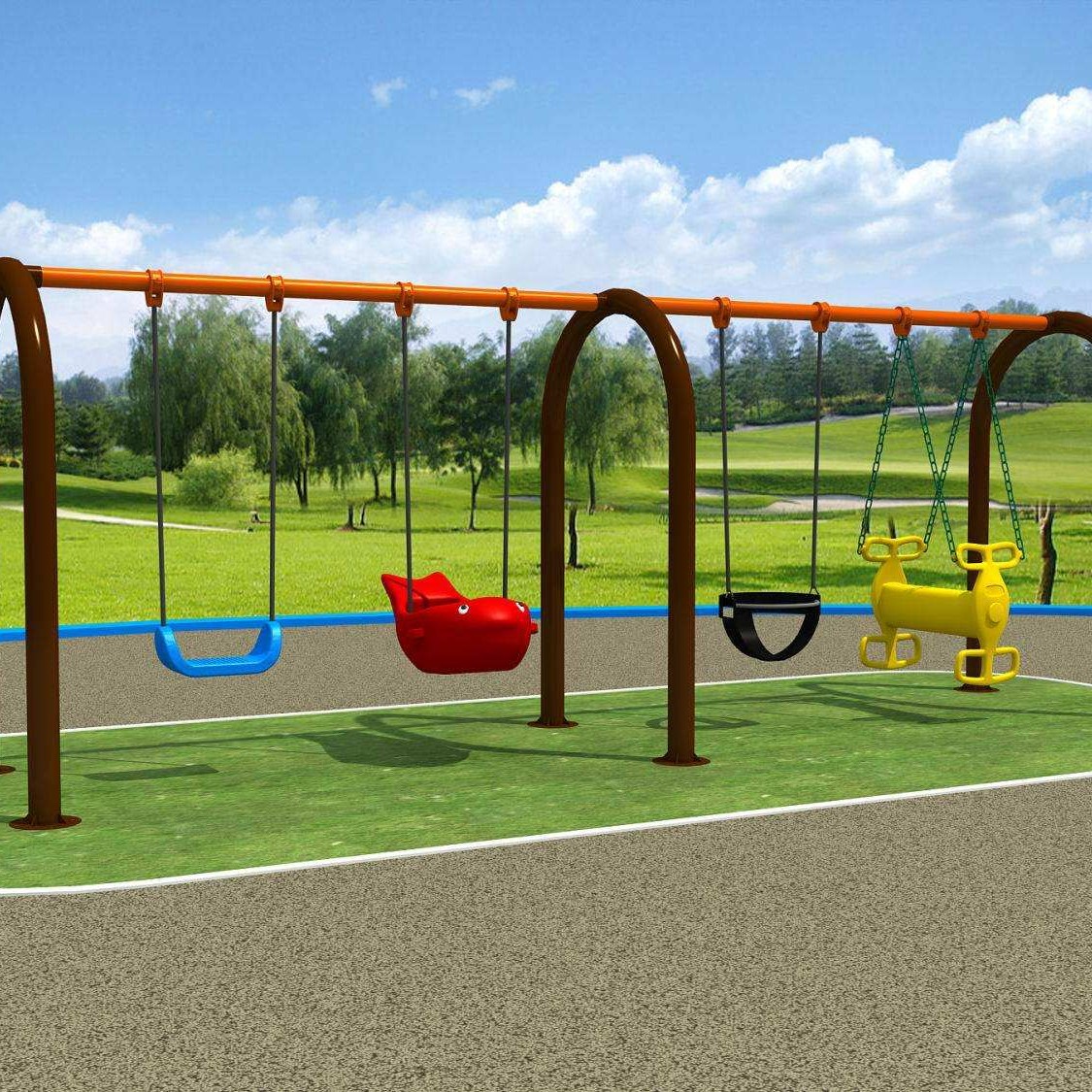
-
 Afrikaans
Afrikaans -
 Albanian
Albanian -
 Amharic
Amharic -
 Arabic
Arabic -
 Armenian
Armenian -
 Azerbaijani
Azerbaijani -
 Basque
Basque -
 Belarusian
Belarusian -
 Bengali
Bengali -
 Bosnian
Bosnian -
 Bulgarian
Bulgarian -
 Catalan
Catalan -
 Cebuano
Cebuano -
 China
China -
 China (Taiwan)
China (Taiwan) -
 Corsican
Corsican -
 Croatian
Croatian -
 Czech
Czech -
 Danish
Danish -
 Dutch
Dutch -
 English
English -
 Esperanto
Esperanto -
 Estonian
Estonian -
 Finnish
Finnish -
 French
French -
 Frisian
Frisian -
 Galician
Galician -
 Georgian
Georgian -
 German
German -
 Greek
Greek -
 Gujarati
Gujarati -
 Haitian Creole
Haitian Creole -
 hausa
hausa -
 hawaiian
hawaiian -
 Hebrew
Hebrew -
 Hindi
Hindi -
 Miao
Miao -
 Hungarian
Hungarian -
 Icelandic
Icelandic -
 igbo
igbo -
 Indonesian
Indonesian -
 irish
irish -
 Italian
Italian -
 Japanese
Japanese -
 Javanese
Javanese -
 Kannada
Kannada -
 kazakh
kazakh -
 Khmer
Khmer -
 Rwandese
Rwandese -
 Korean
Korean -
 Kurdish
Kurdish -
 Kyrgyz
Kyrgyz -
 Lao
Lao -
 Latin
Latin -
 Latvian
Latvian -
 Lithuanian
Lithuanian -
 Luxembourgish
Luxembourgish -
 Macedonian
Macedonian -
 Malgashi
Malgashi -
 Malay
Malay -
 Malayalam
Malayalam -
 Maltese
Maltese -
 Maori
Maori -
 Marathi
Marathi -
 Mongolian
Mongolian -
 Myanmar
Myanmar -
 Nepali
Nepali -
 Norwegian
Norwegian -
 Norwegian
Norwegian -
 Occitan
Occitan -
 Pashto
Pashto -
 Persian
Persian -
 Polish
Polish -
 Portuguese
Portuguese -
 Punjabi
Punjabi -
 Romanian
Romanian -
 Russian
Russian -
 Samoan
Samoan -
 Scottish Gaelic
Scottish Gaelic -
 Serbian
Serbian -
 Sesotho
Sesotho -
 Shona
Shona -
 Sindhi
Sindhi -
 Sinhala
Sinhala -
 Slovak
Slovak -
 Slovenian
Slovenian -
 Somali
Somali -
 Spanish
Spanish -
 Sundanese
Sundanese -
 Swahili
Swahili -
 Swedish
Swedish -
 Tagalog
Tagalog -
 Tajik
Tajik -
 Tamil
Tamil -
 Tatar
Tatar -
 Telugu
Telugu -
 Thai
Thai -
 Turkish
Turkish -
 Turkmen
Turkmen -
 Ukrainian
Ukrainian -
 Urdu
Urdu -
 Uighur
Uighur -
 Uzbek
Uzbek -
 Vietnamese
Vietnamese -
 Welsh
Welsh -
 Bantu
Bantu -
 Yiddish
Yiddish -
 Yoruba
Yoruba -
 Zulu
Zulu
frp boat body
The Evolution and Advantages of FRP Boat Bodies
The boating industry has witnessed significant advancements over the years, with materials playing a crucial role in shaping the performance, durability, and overall experience of maritime activities. One of the most remarkable innovations is the use of Fiber Reinforced Polymer (FRP) for boat bodies. This material has revolutionized the construction of boats, offering numerous advantages that have led to its widespread adoption.
The Evolution and Advantages of FRP Boat Bodies
One of the primary advantages of FRP boat bodies is their exceptional strength-to-weight ratio. Traditional materials like wood or metal can be heavier, which affects the speed and maneuverability of the vessel. In contrast, FRP boats are significantly lighter, enabling them to glide effortlessly through the water. This weight reduction not only enhances performance but also improves fuel efficiency, making FRP boats a more sustainable option for both recreational and commercial use.
frp boat body

Additionally, FRP is highly resistant to corrosion and deterioration, making it an ideal choice for marine environments. Unlike wooden boats that can suffer from rot, or metal vessels that may corrode when exposed to saltwater, FRP maintains its integrity over time. This durability translates to lower maintenance costs and longer lifespans for FRP boats, providing boat owners with peace of mind and value for their investments.
Another significant benefit of FRP boat bodies is their versatility in design. The material can be molded into complex shapes, allowing for innovative and aesthetically pleasing boat designs. Boat manufacturers can create tailored hull shapes that optimize performance for various activities, such as fishing, sailing, or leisure cruising. This design flexibility extends to interior layouts as well, enabling comfortable and functional spaces that cater to the needs of the occupants.
The environmental impact of boat construction is also a growing concern, and FRP offers a more eco-friendly solution compared to traditional materials. While the production of FRP does involve certain environmental considerations, its longevity and reduced need for maintenance contribute to lower overall environmental waste over the vessel's lifespan. Furthermore, advancements in recycling technologies for composite materials are continuously evolving, offering prospects for greater sustainability in the future.
In conclusion, FRP boat bodies represent a significant milestone in the evolution of boating materials. With their lightweight properties, corrosion resistance, design versatility, and potential for eco-friendliness, FRP boats are paving the way for a new era of maritime technology. Whether for recreational fun or professional use, the benefits of FRP make it an appealing choice for anyone looking to navigate the waters with efficiency and style. As the industry continues to innovate, the future of FRP in boat construction looks promising, ensuring that it remains a cornerstone of modern boating for years to come.
Latest news
-
FRP Desalination Pipes & Fittings Efficient Corrosion-Resistant SolutionsNewsMay.26,2025
-
T38 Drill Rod Guide Choosing & Using for Maximum EfficiencyNewsMay.26,2025
-
GRP & FRP Fittings Corrosion-Resistant Piping SolutionsNewsMay.25,2025
-
Reversible Drill Bit Versatile Tool for All Drilling NeedsNewsMay.25,2025
-
High-Strength GRP Grating Durable Fiberglass Floor Grating SolutionsNewsMay.25,2025
-
Industrial Ordor Control System & GRP Duct Solutions Eco-Friendly TechNewsMay.24,2025









